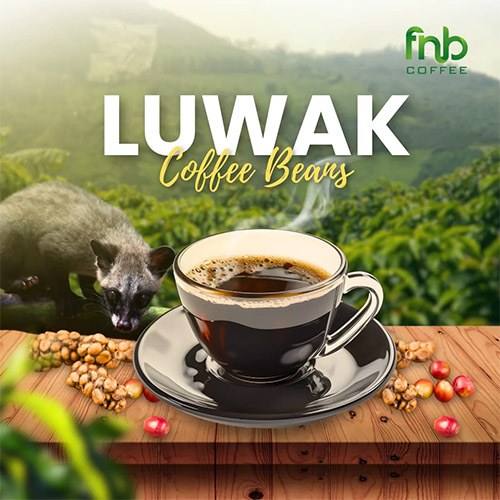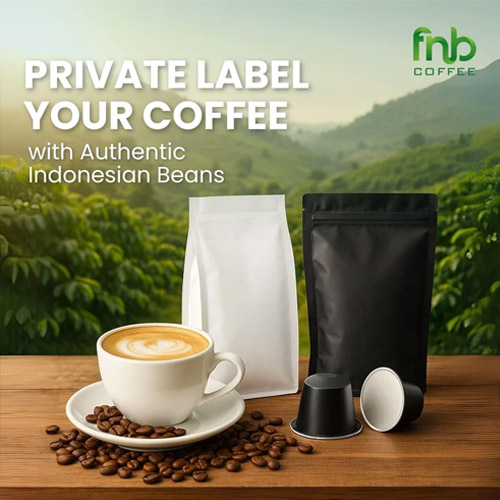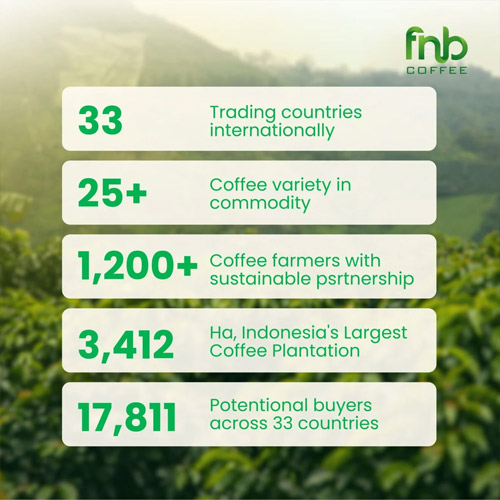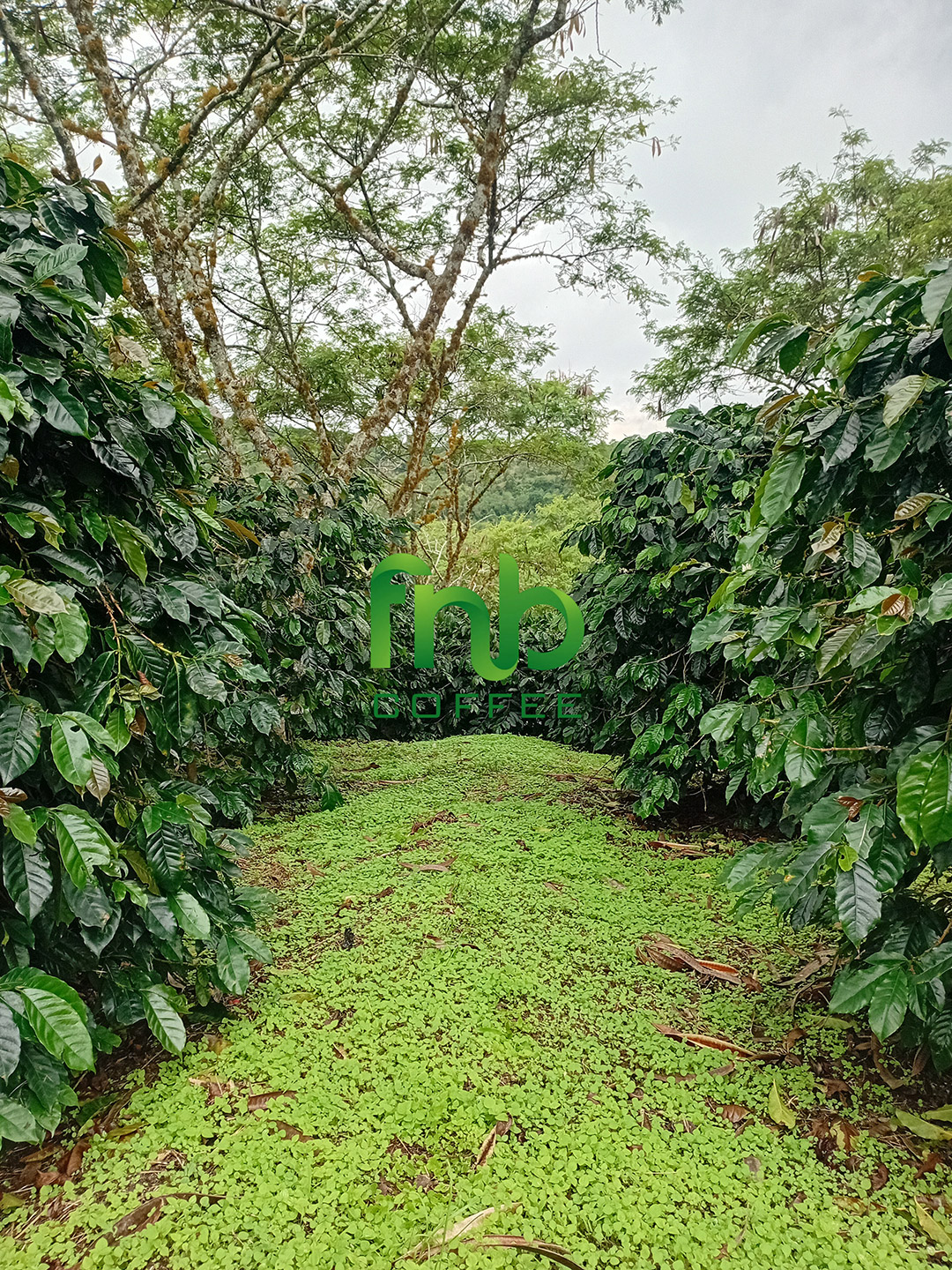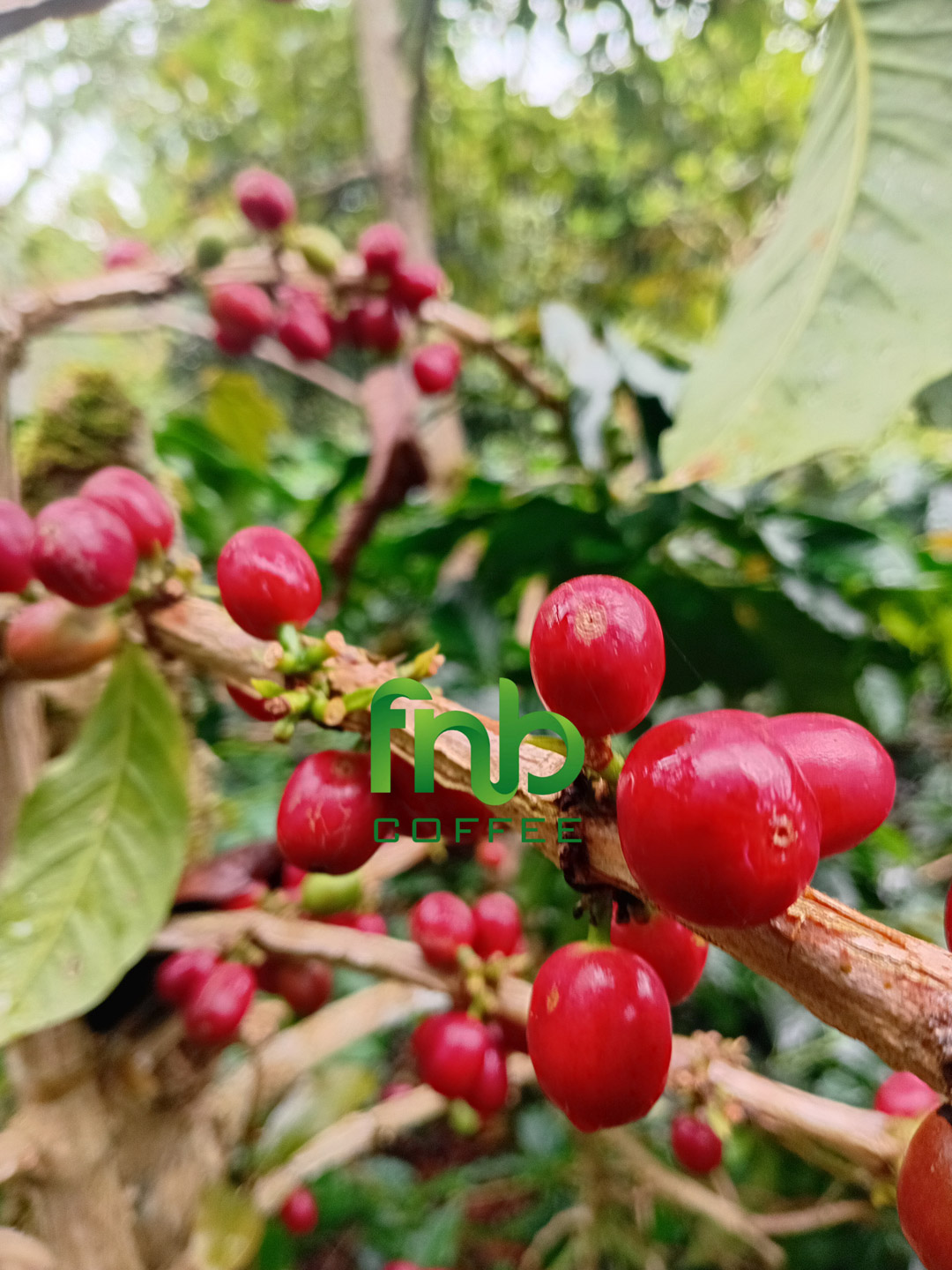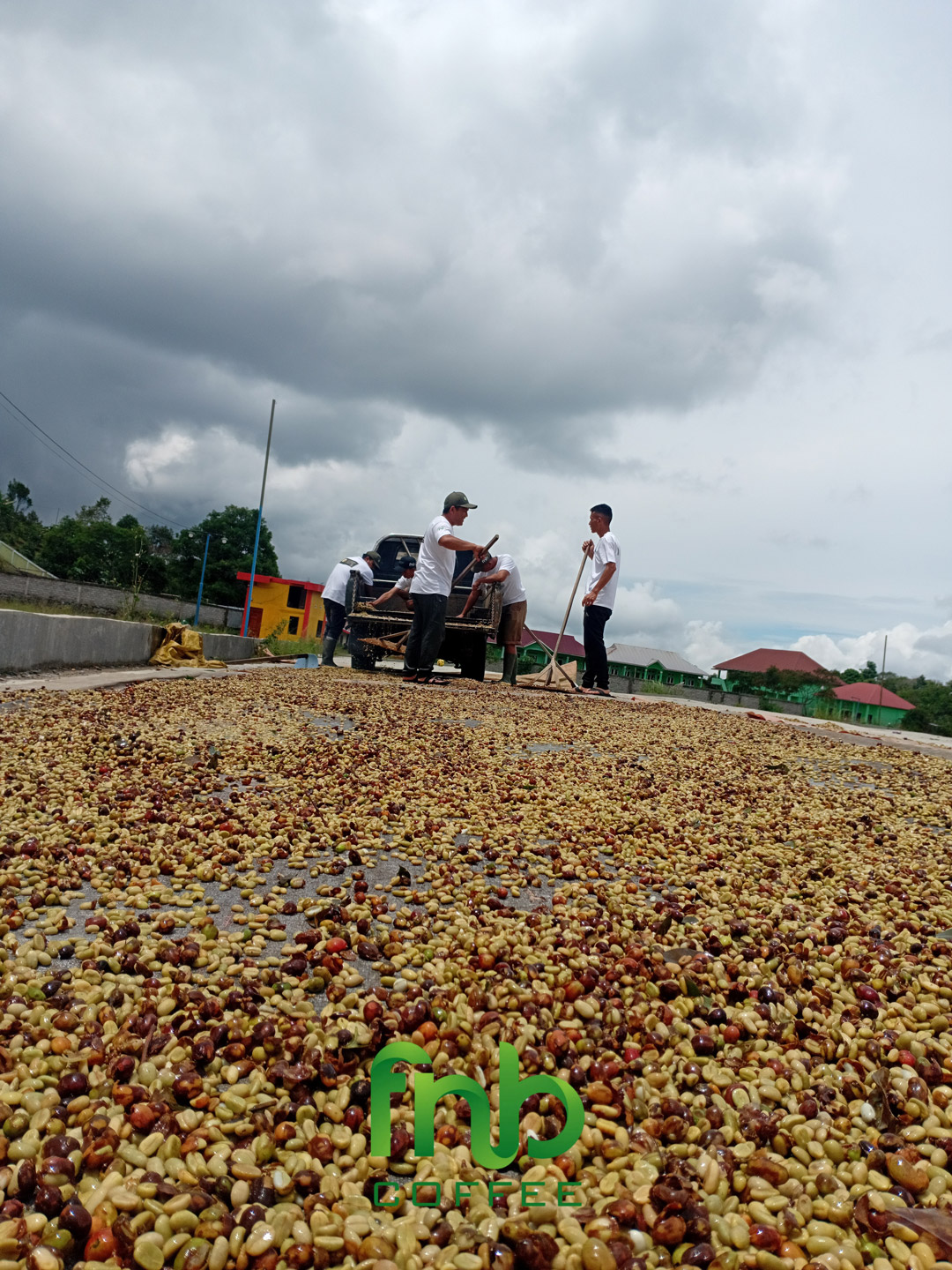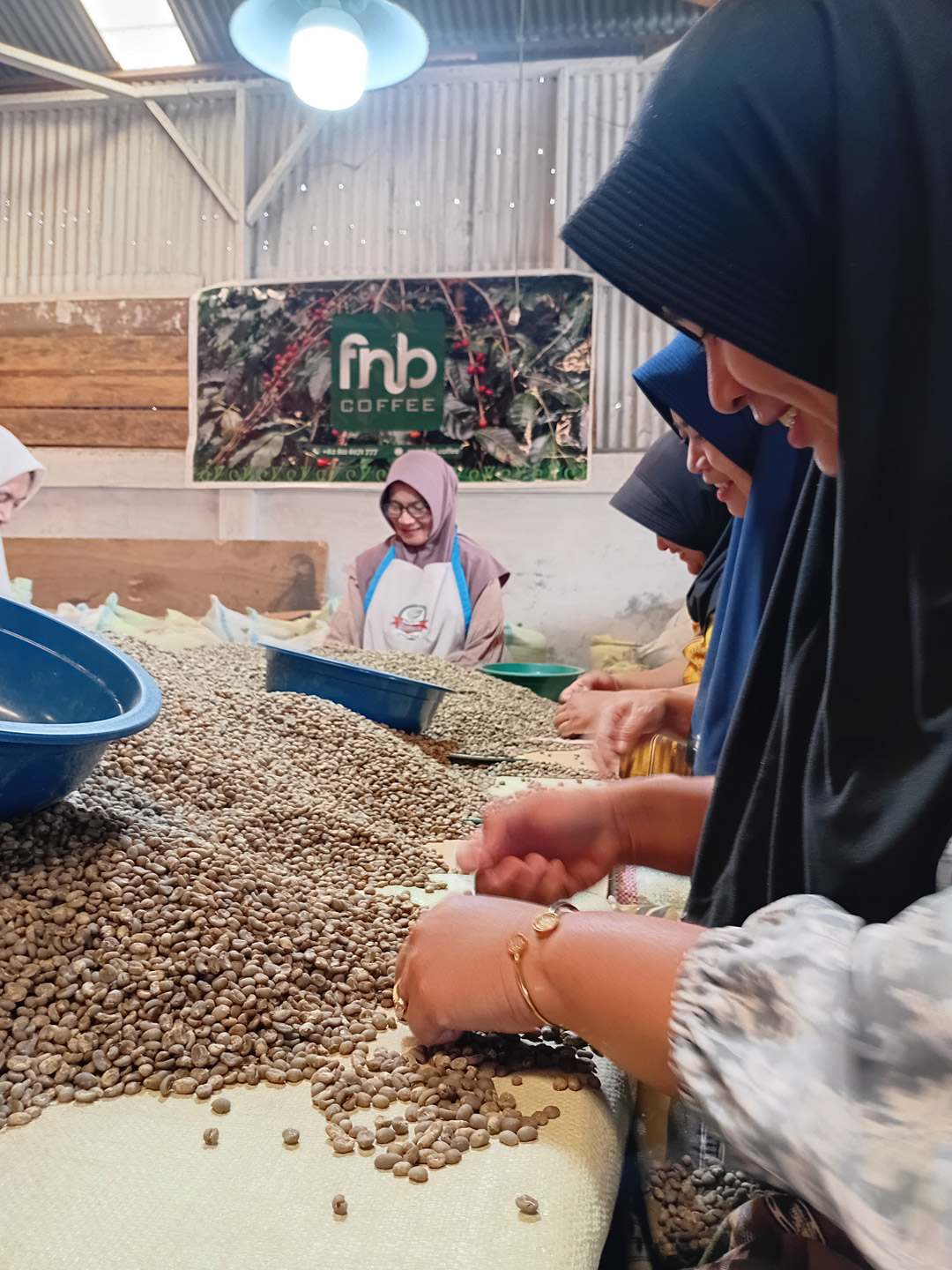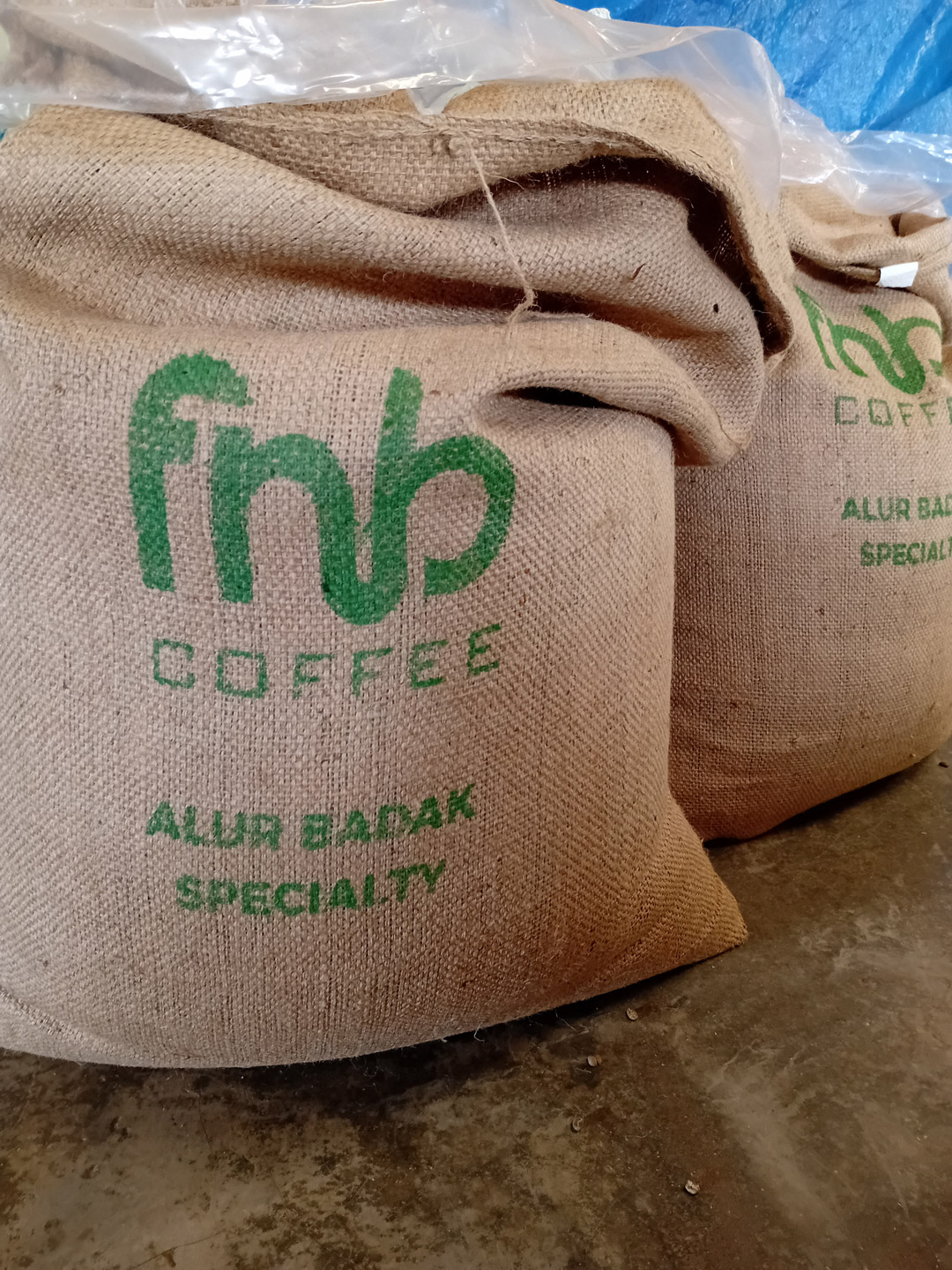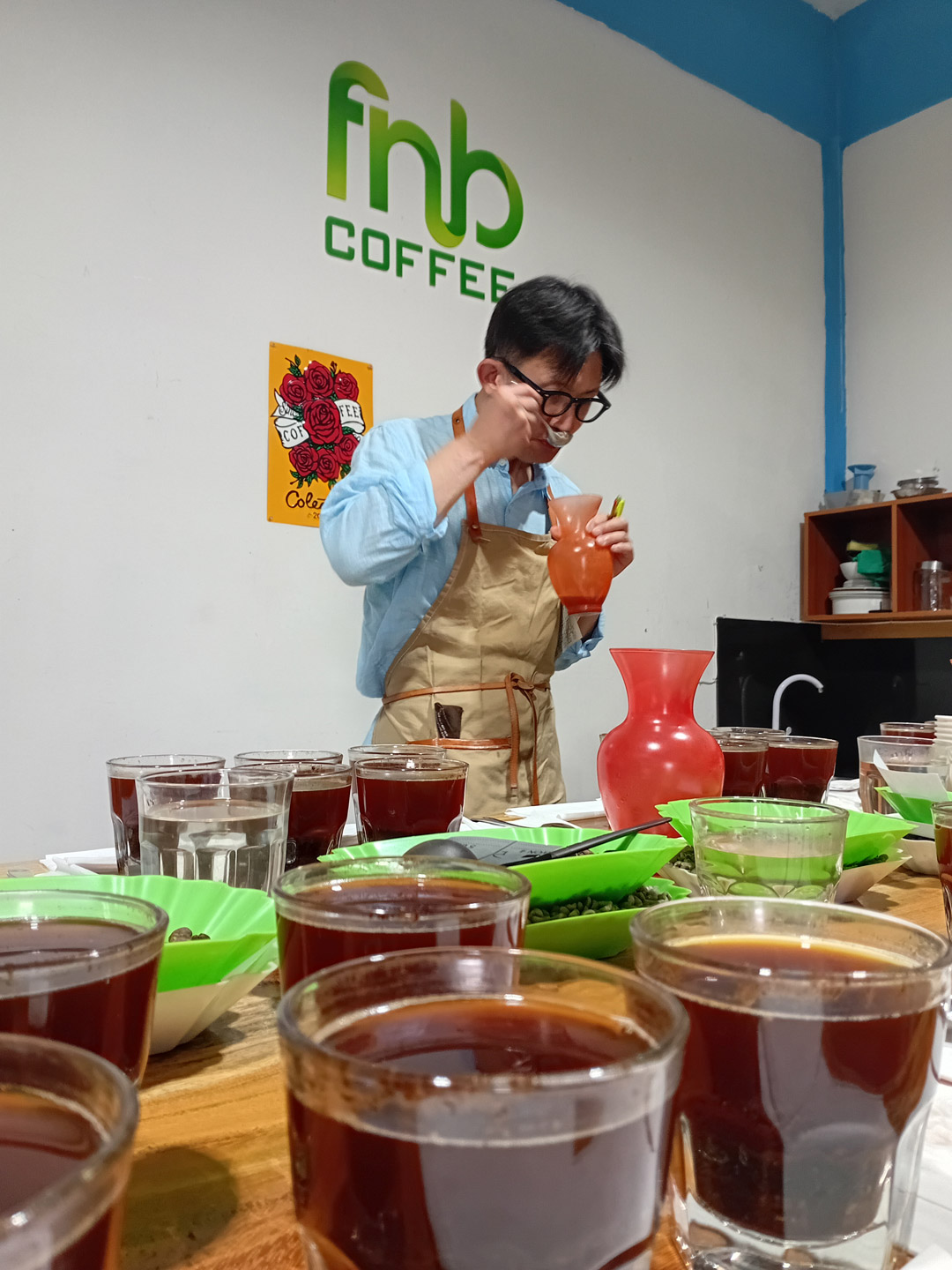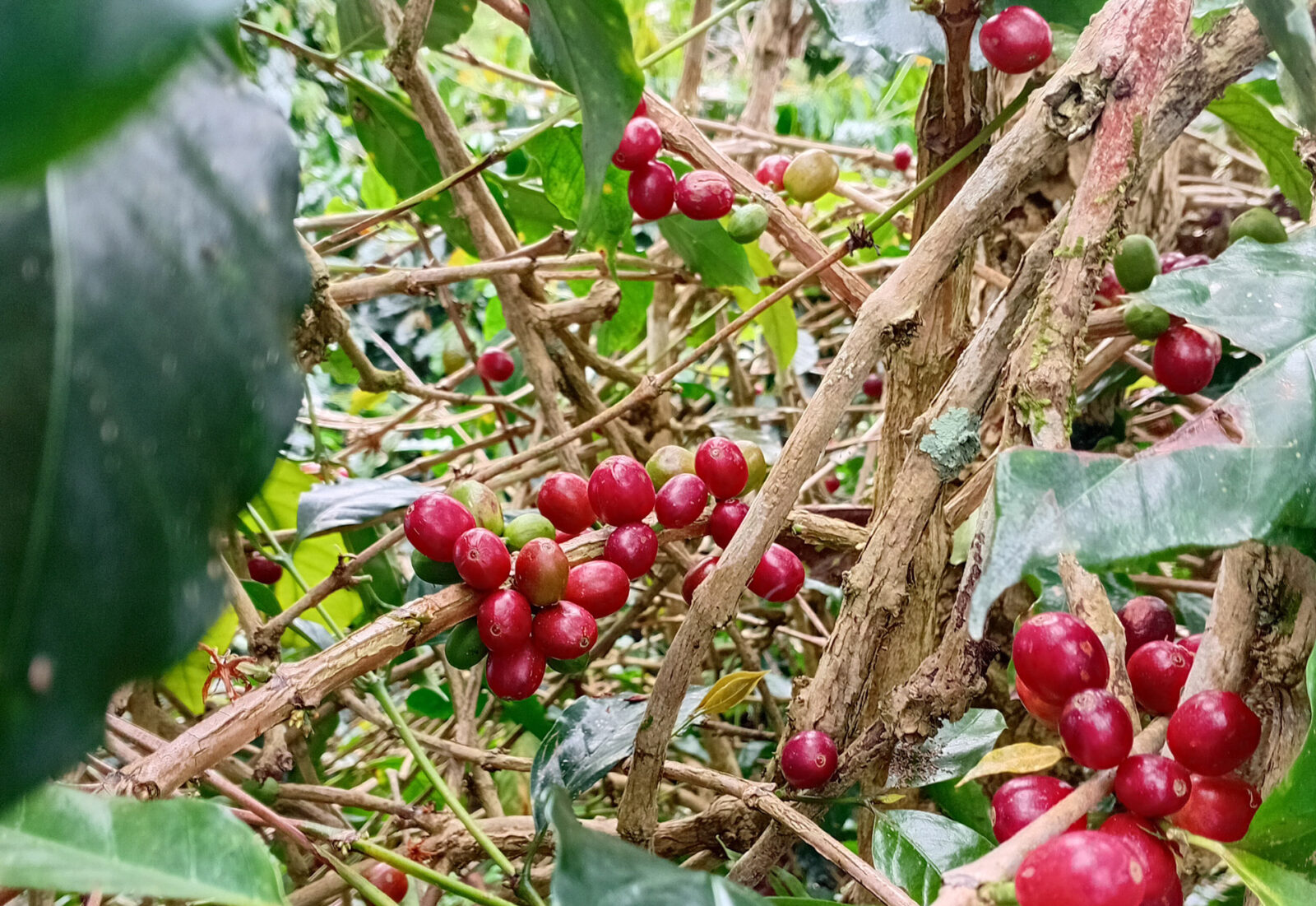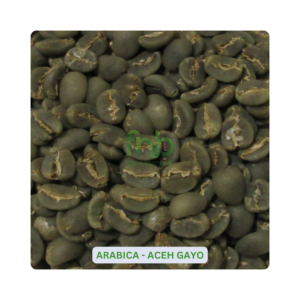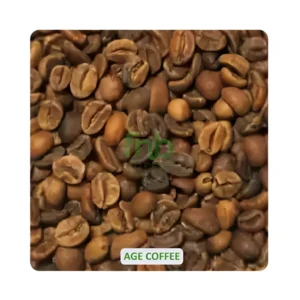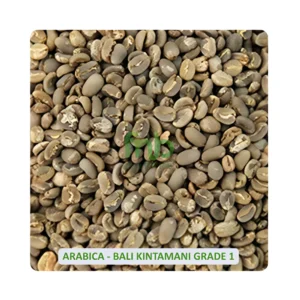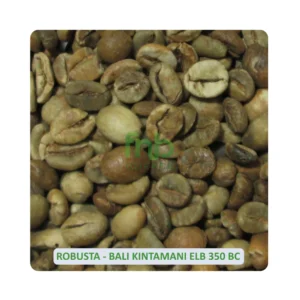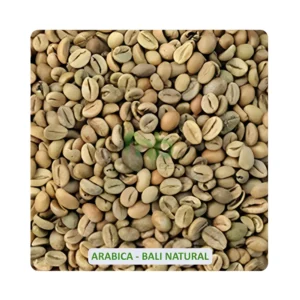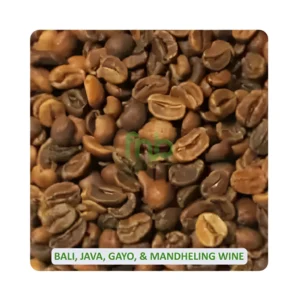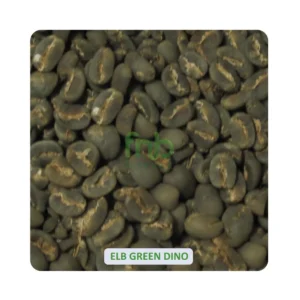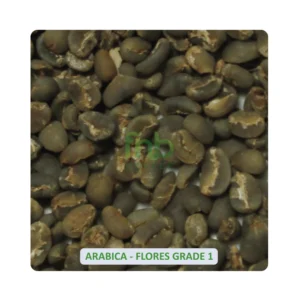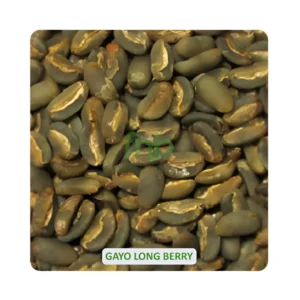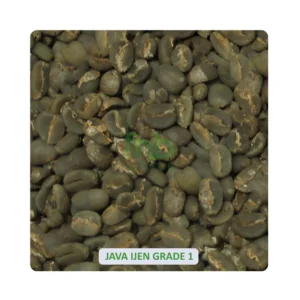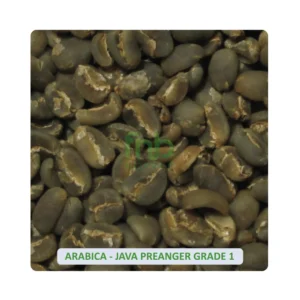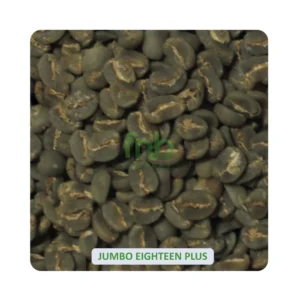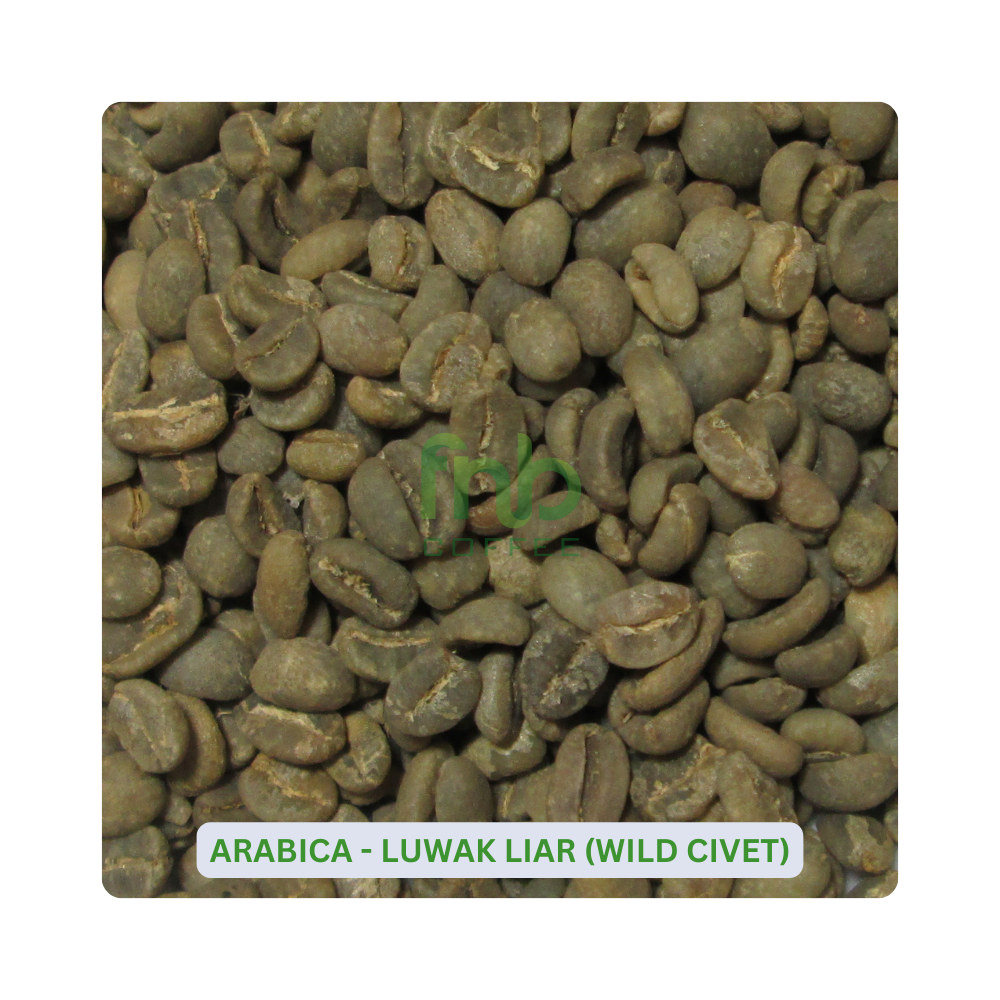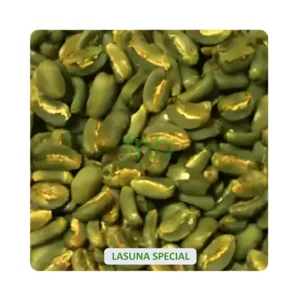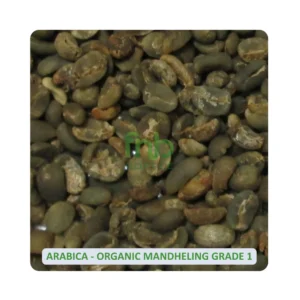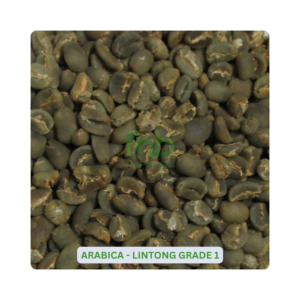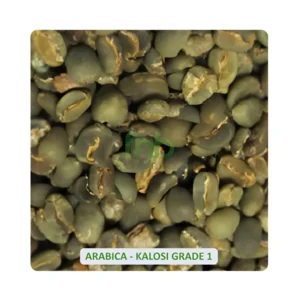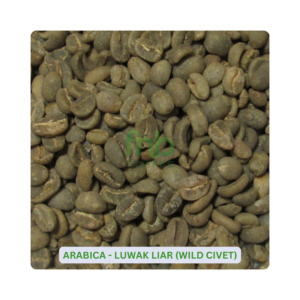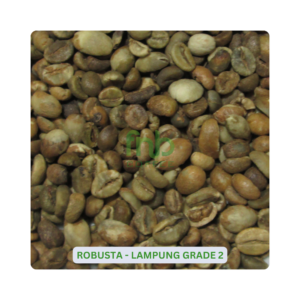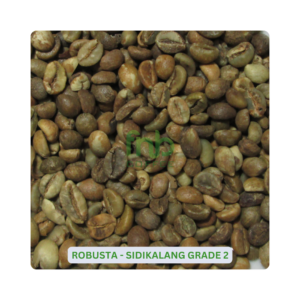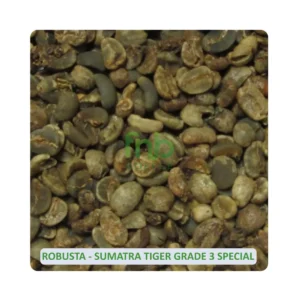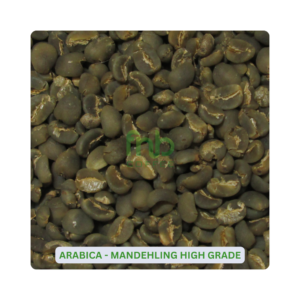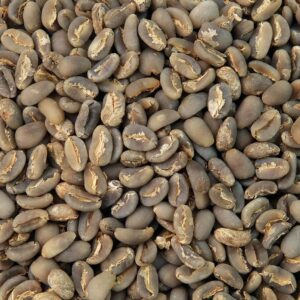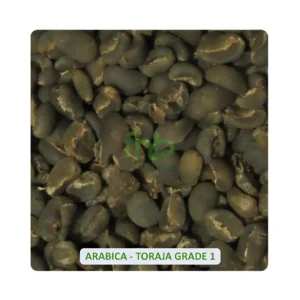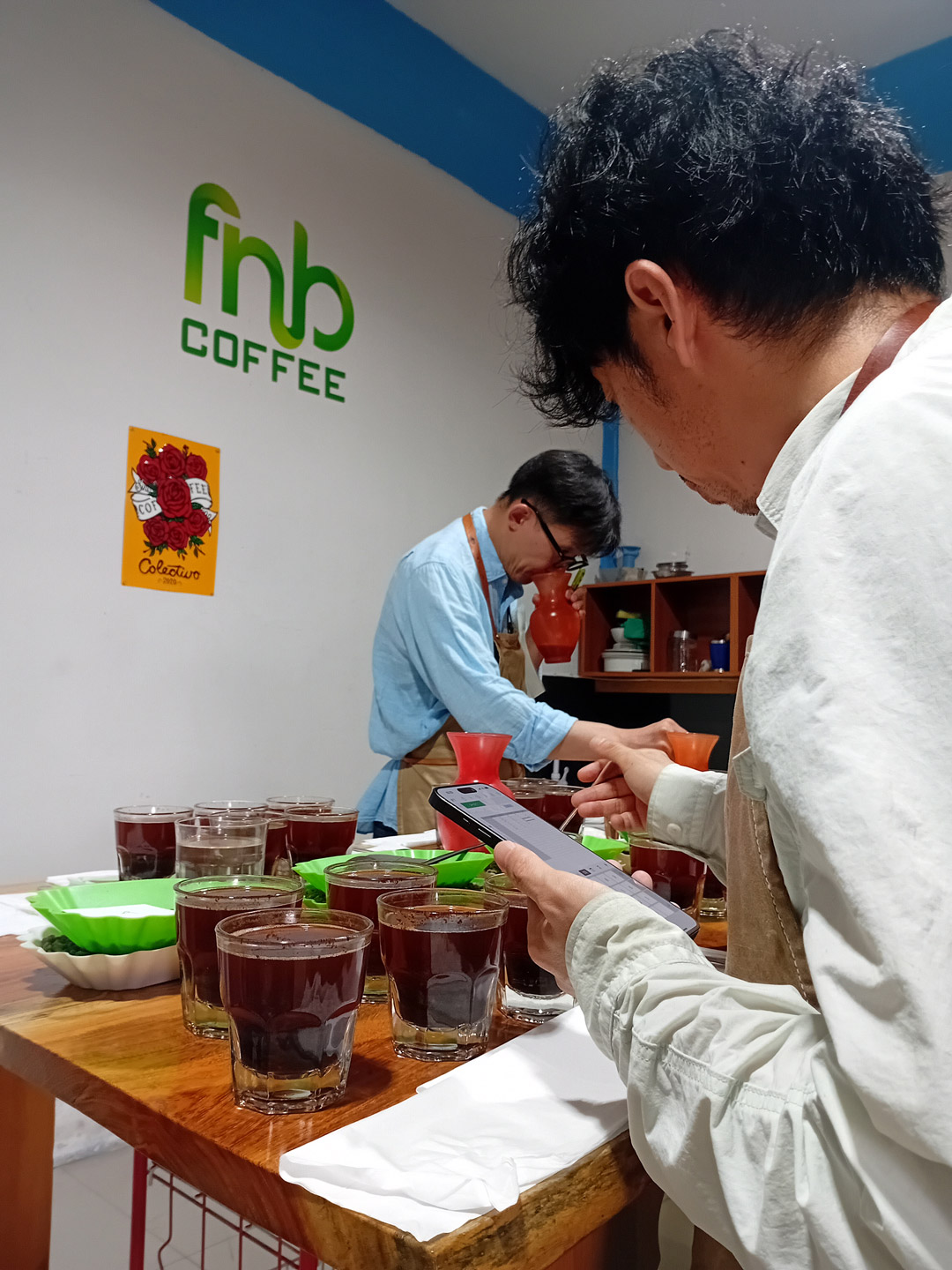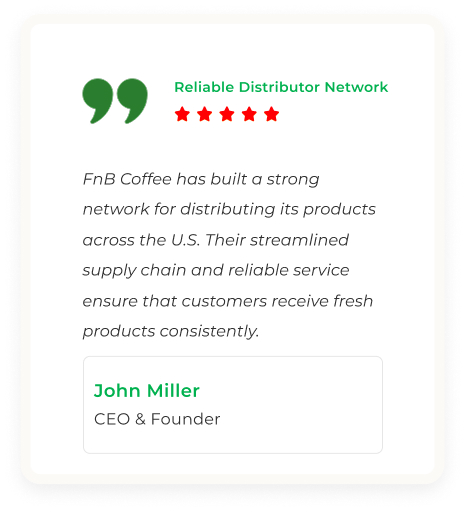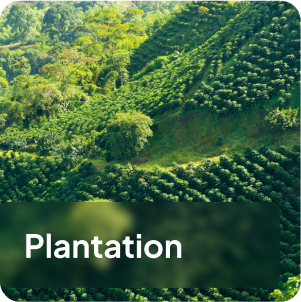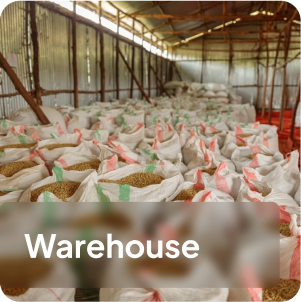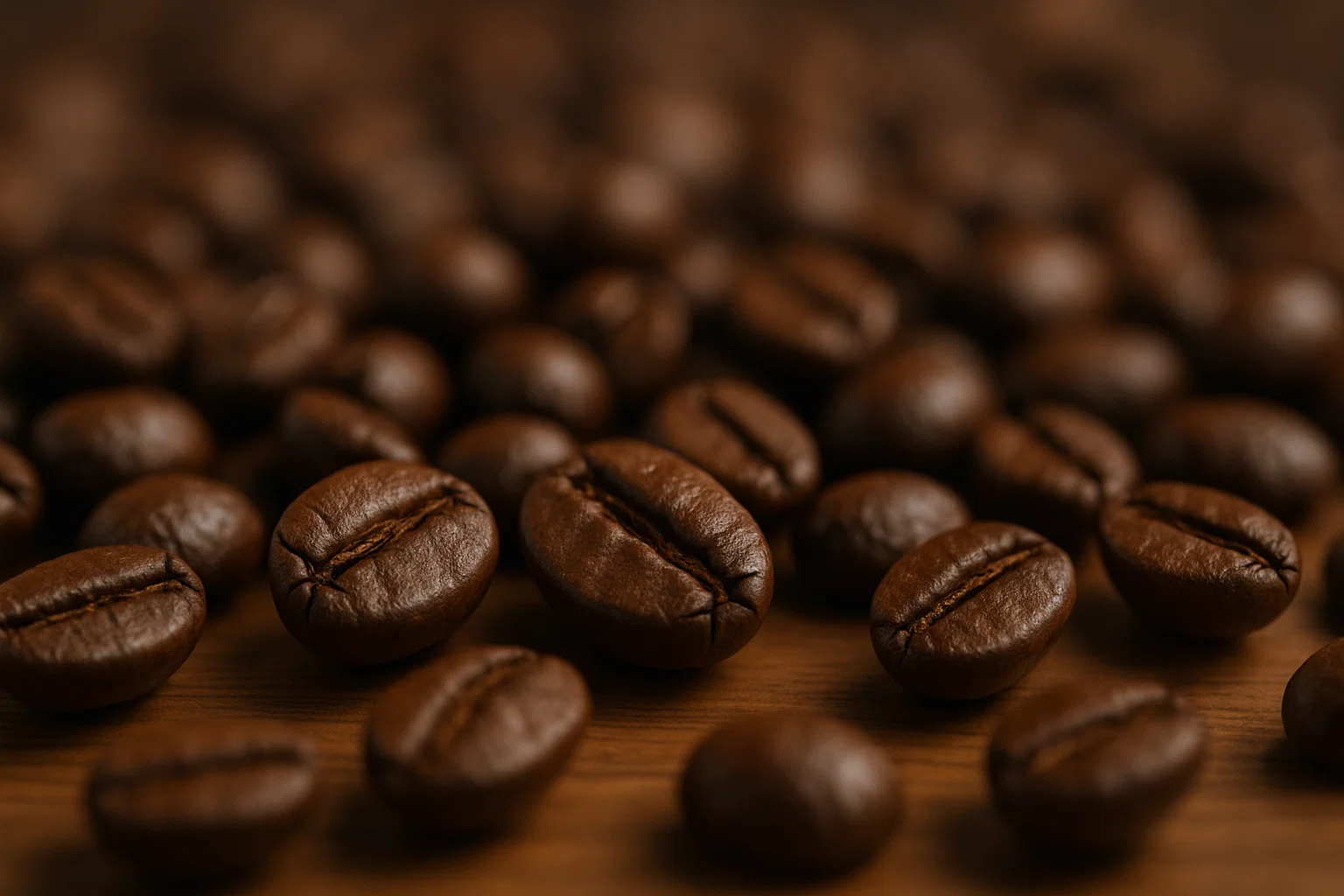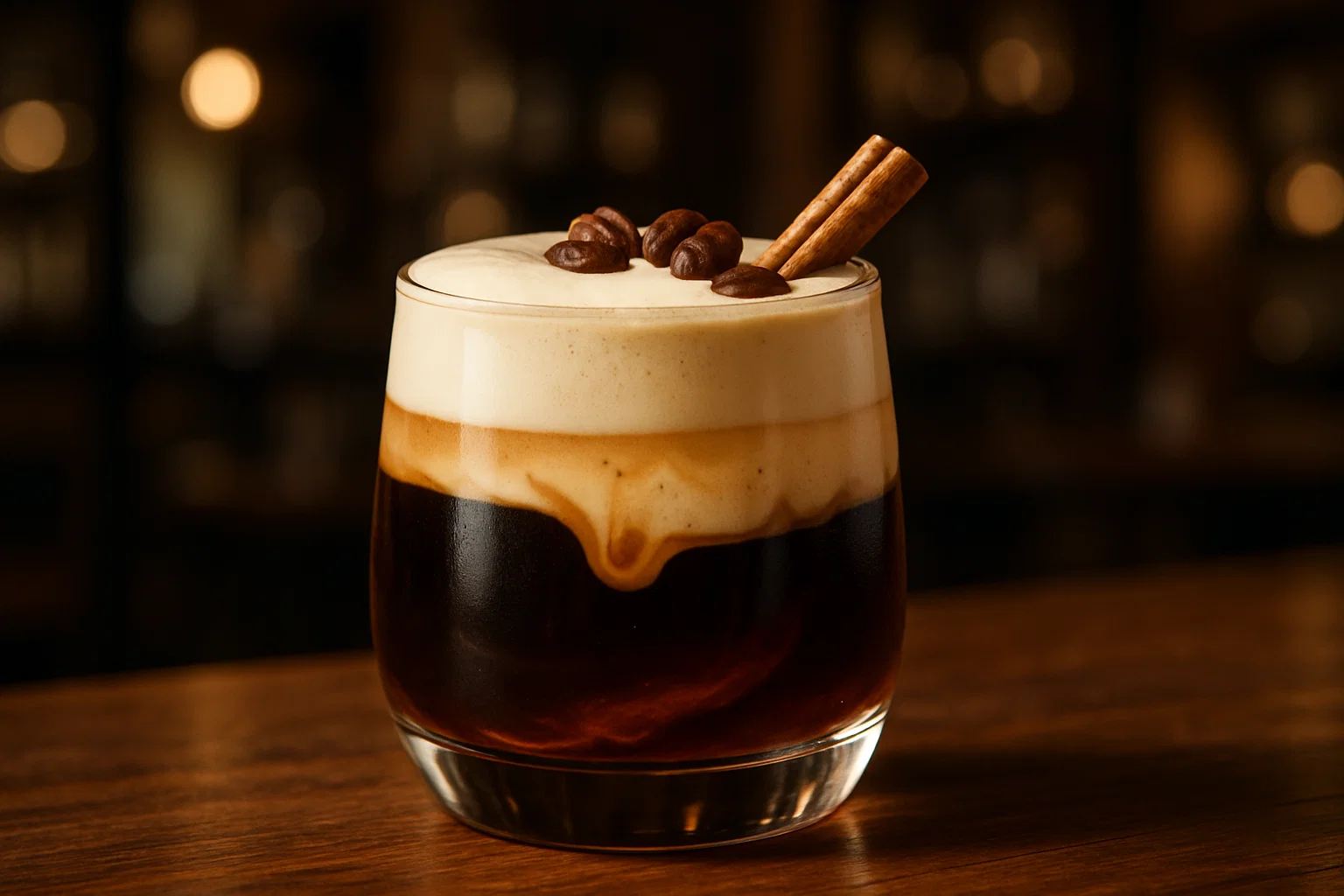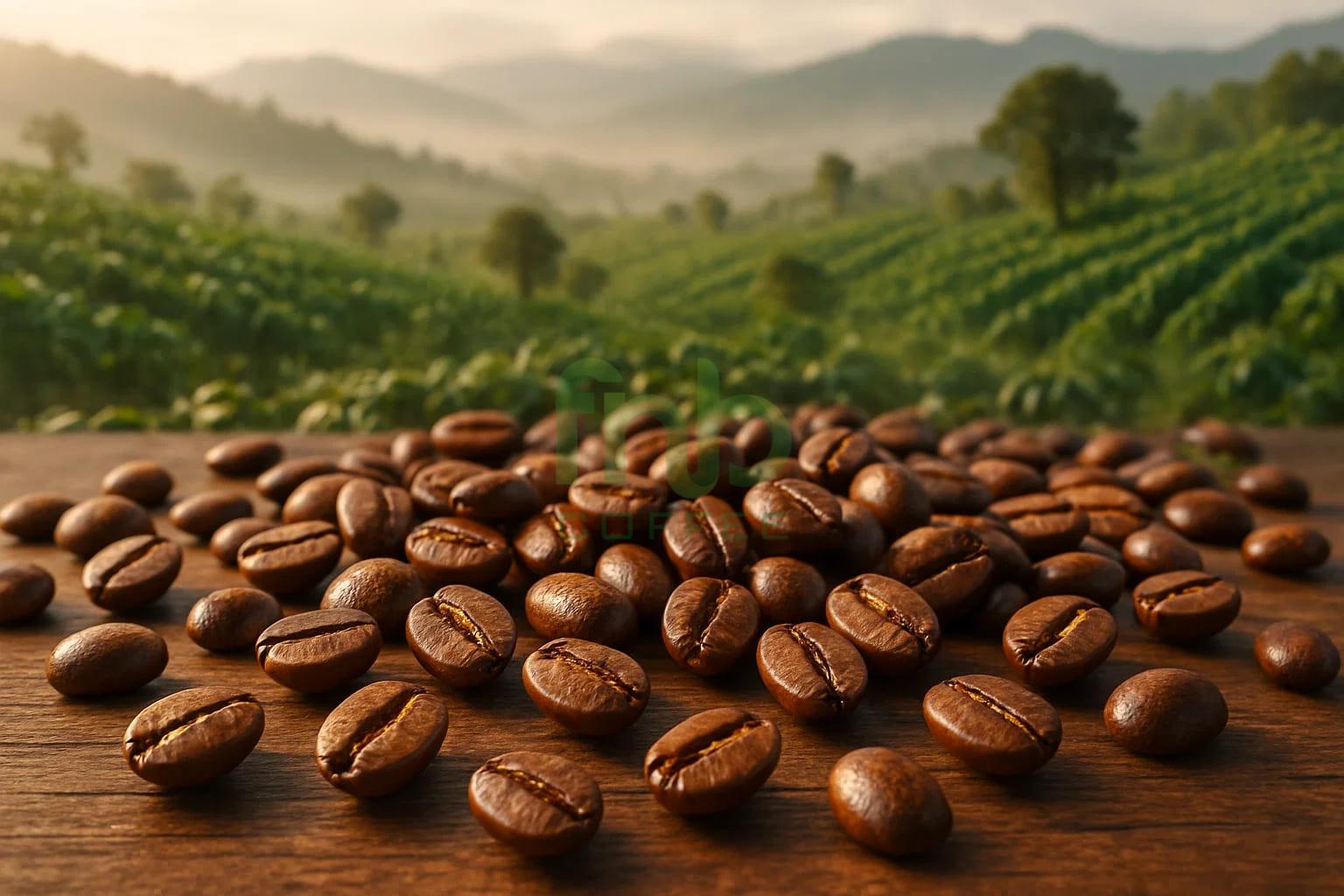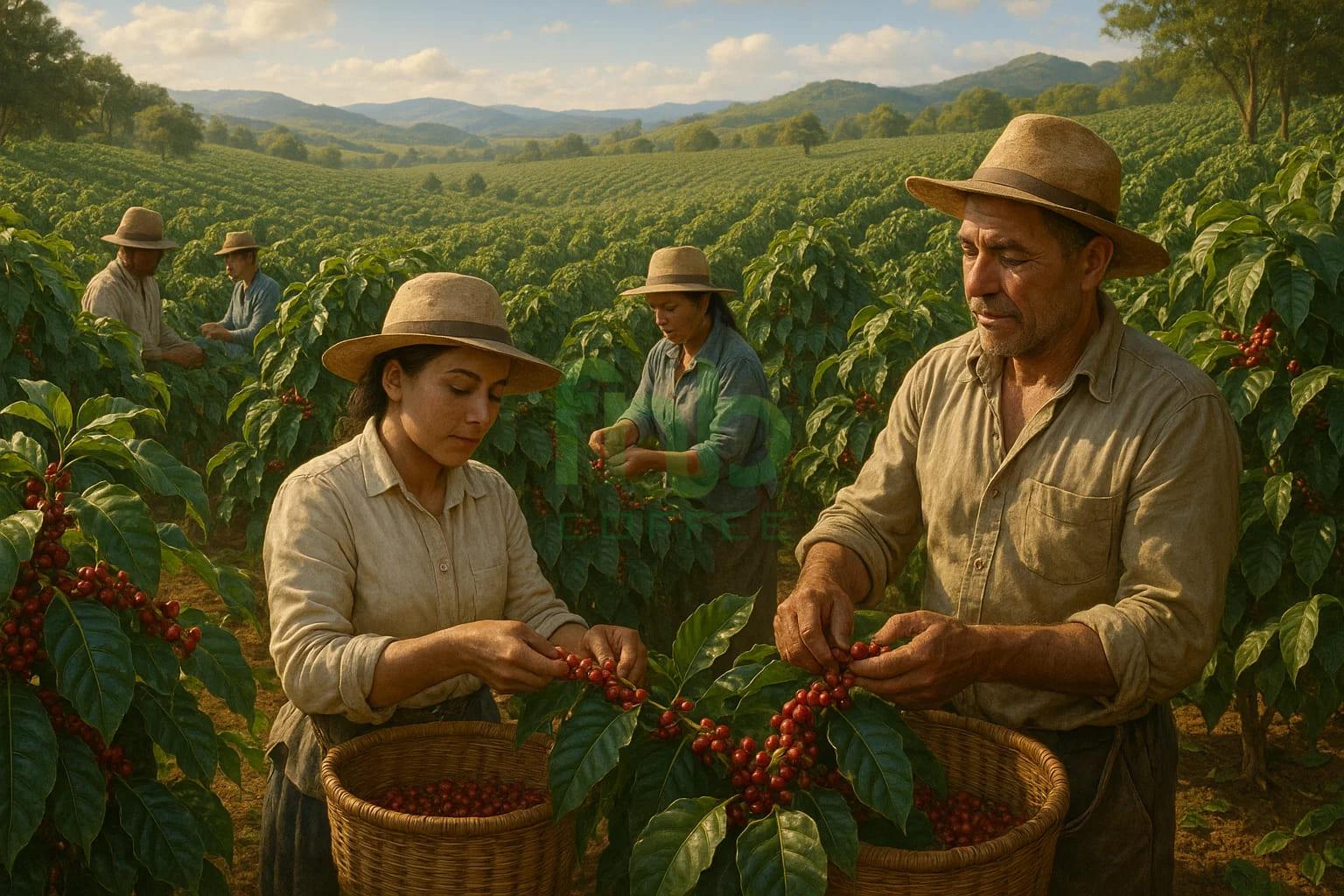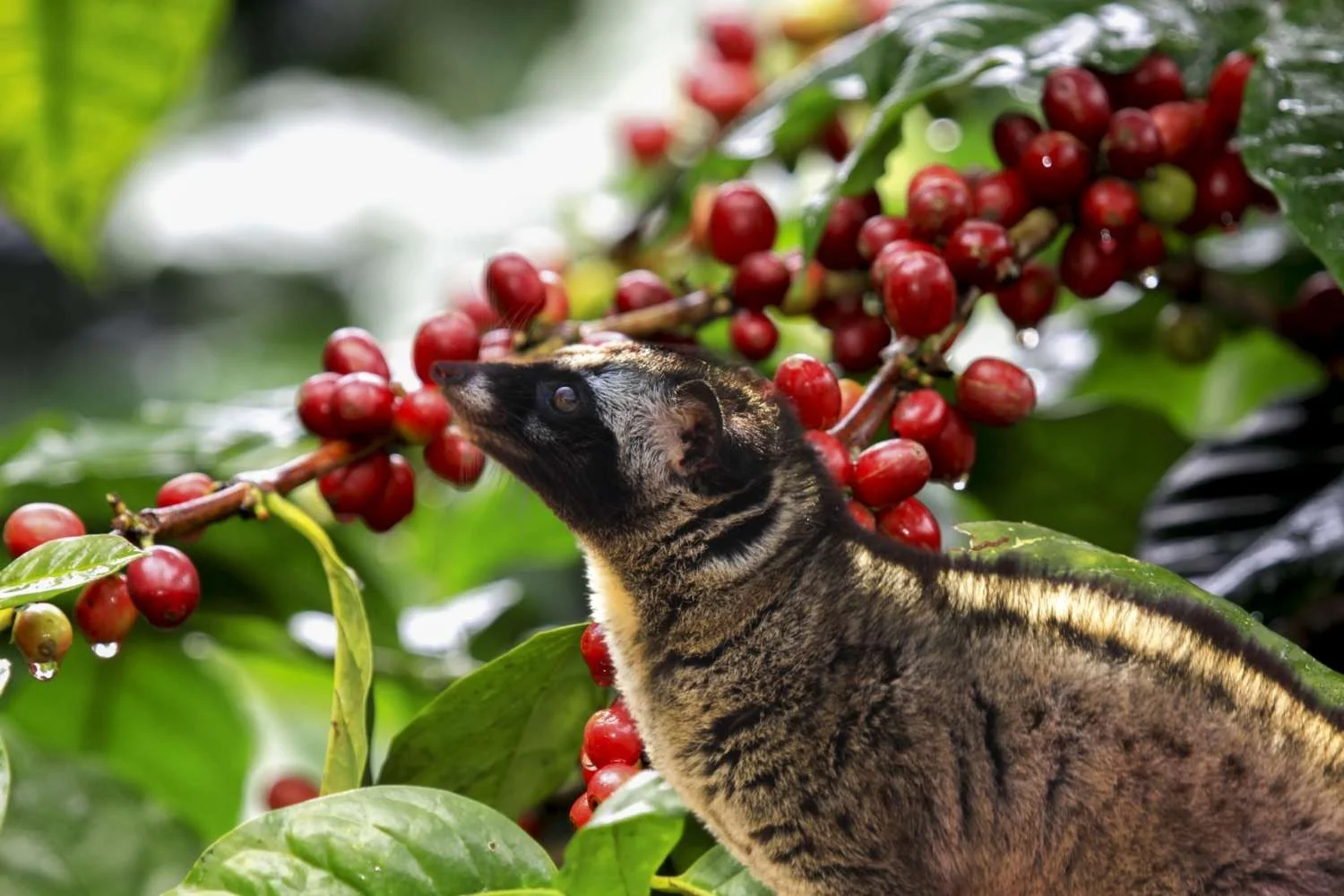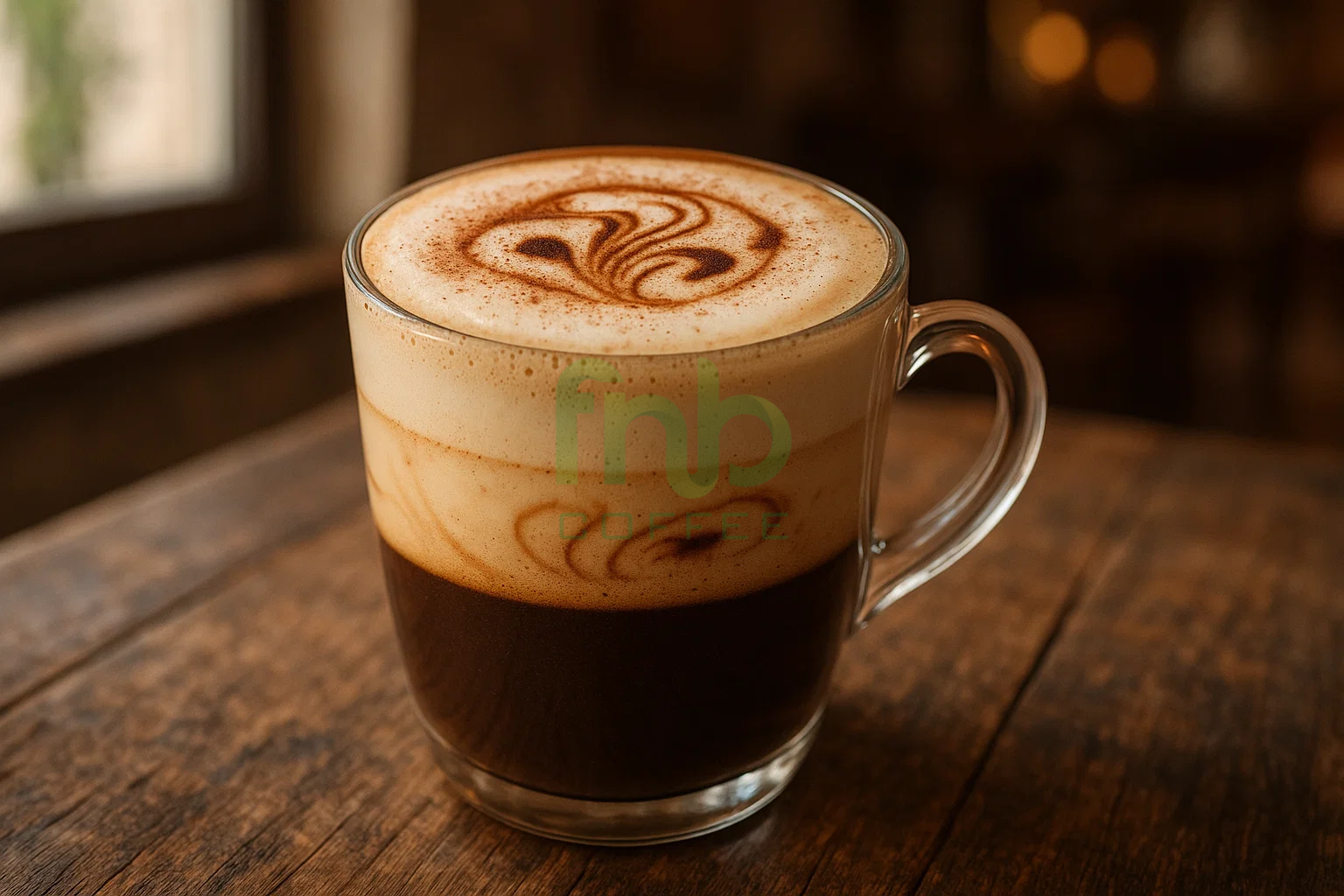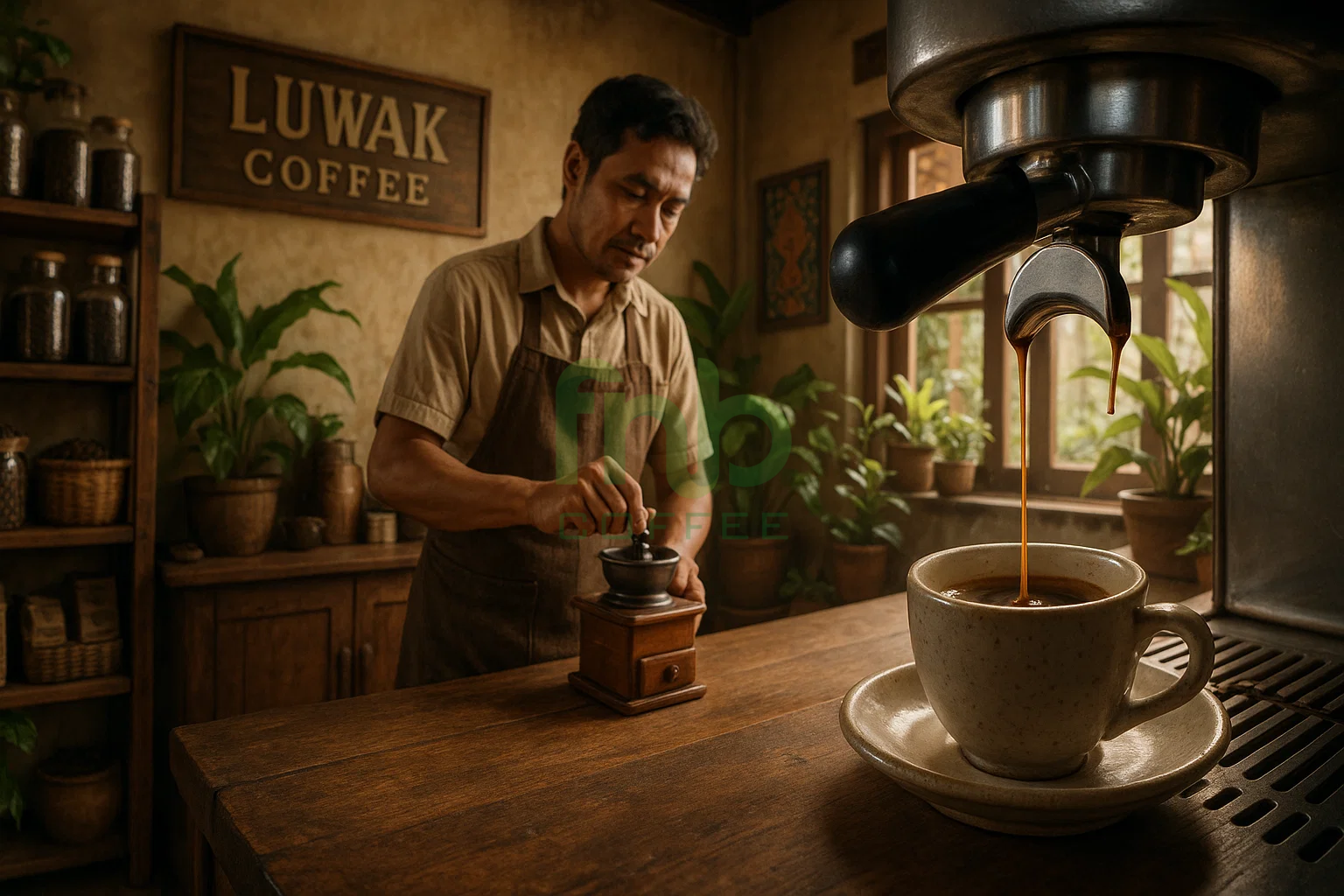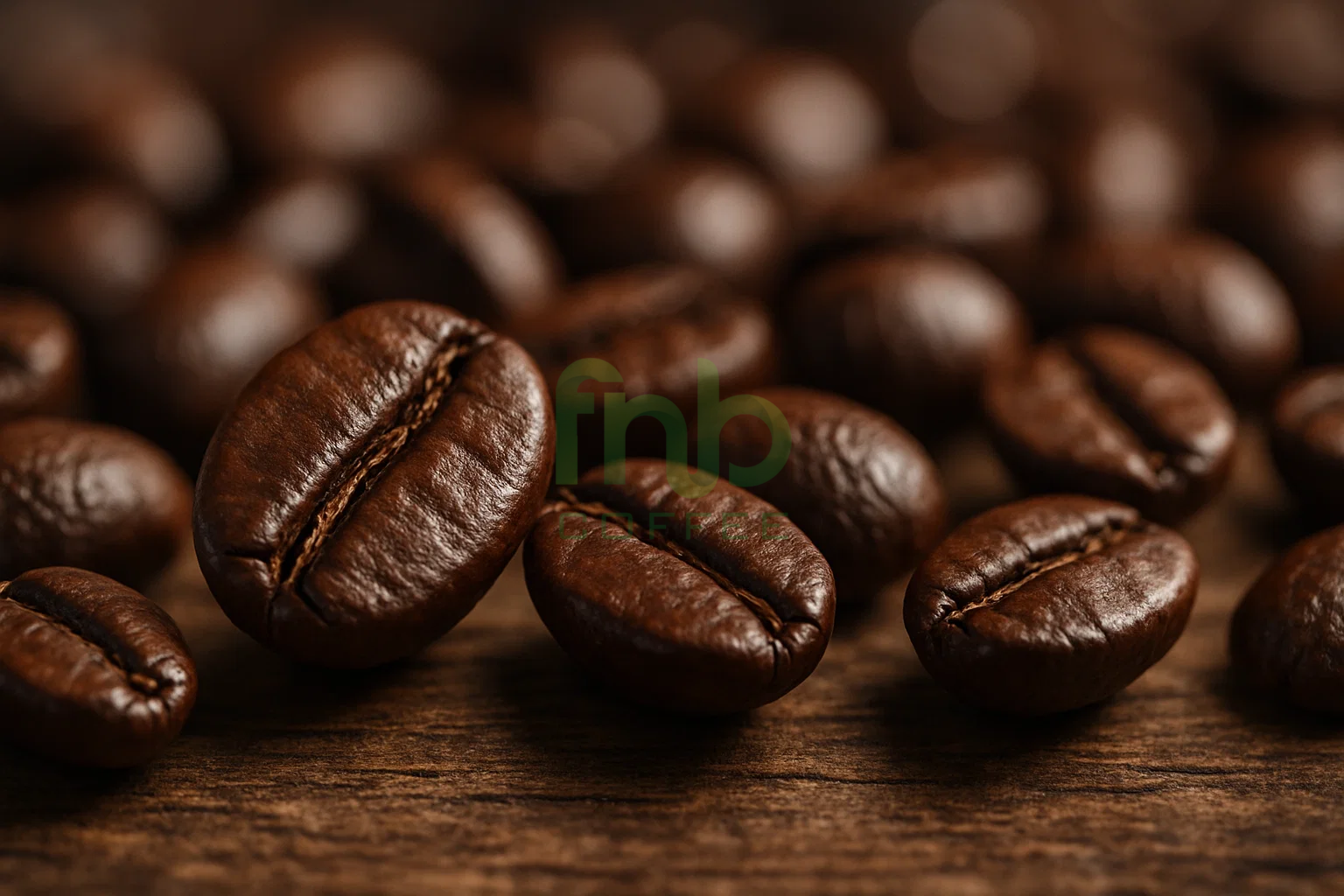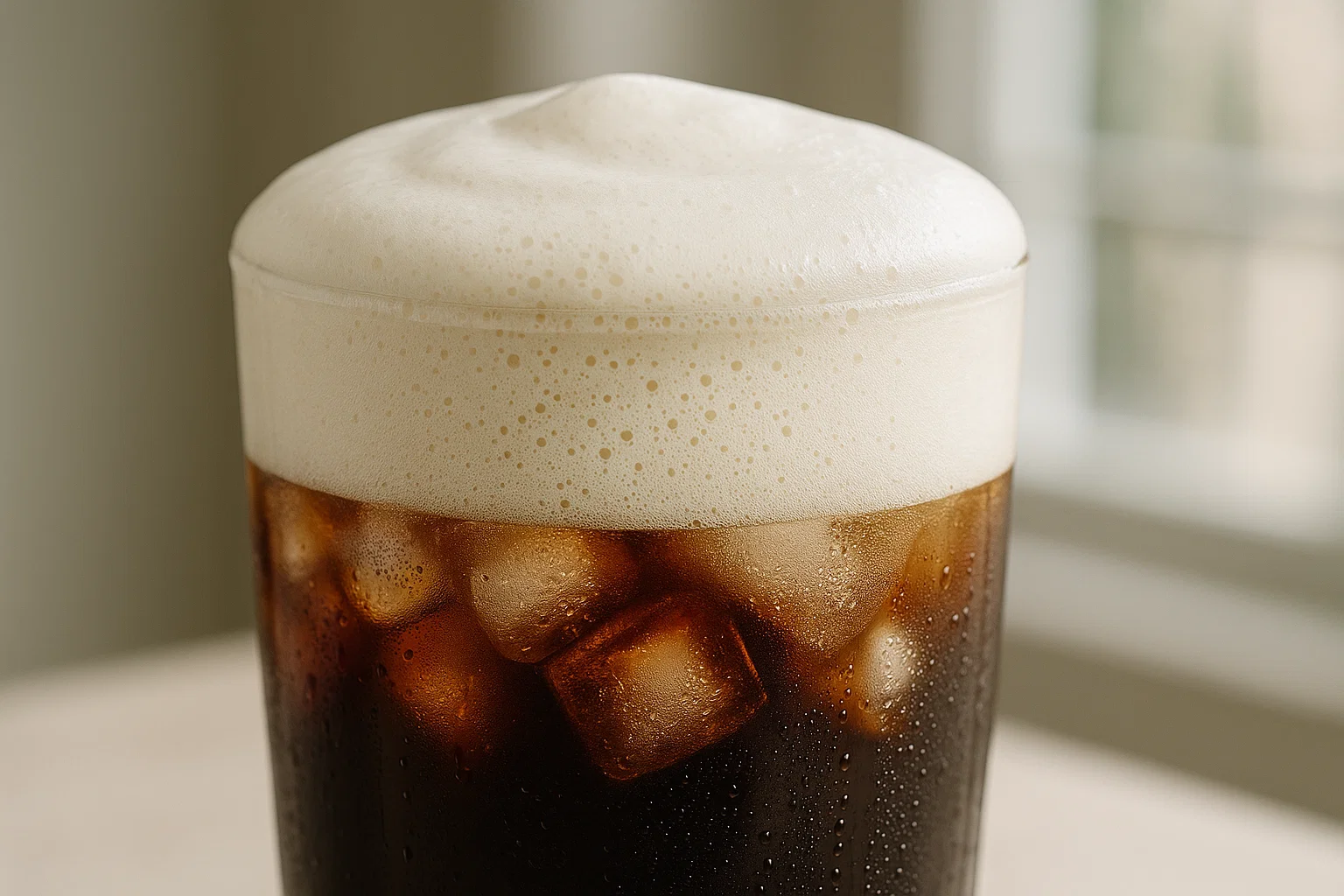Description
Specification
- Available Products: Green Coffee Beans, Roasted Coffee Beans, Ground Coffee
- Type: Arabica
- Screen Size:15-18
- Moisture: Max 13%
- Triage: Max 6-8%
- Defect Value: 6-8
- Cupping Score: 84+
- Crop Year: 2024
- Lot Size: 10
- Bag Size: 60 KG
- Packaging: GrainPro Liner
- Certifications: Fair Trade, Organic, USDA, Rain Forest Alliance, Halal.
Characteristics
- Fragrance/Aroma: Fresh Nutty, vanilla, strong and gentle almond
- Flavor: Herbal Refreshing, Spicy
- Acidity: Soft-Medium
- Body: Soft-Mild
Description Scheme
- Time from Flowers to Be Berry:9 Months
- Production (Kg/Ha): 800 to 1500
- Optimal Temperature: 13 to 28°C
- Optimal Rainfall: 100 to 3000 mm
- Altitude: 1200 to 1700 from Sea Level (asl)
- Soil Type: Black Soil / Soil Formed of Young Materials is very Fertile Volcanic and Contains Micro Nutrients That are Important to Plants
- Country of Origin: Indonesia
- Production Areas: Arabica Plantation Sumatra, Java, Bali
- Caffeine Content: 0.8 to 1.4%
- Form of Seeds: Flat with a Clear Midline
- Character Stew: Balance body, acidity, sweetness, fine Chocolate, Almond
- Method of Harvest: Collecting Luwak’s Secretion
- Processing Method: Semi Washed Cleaning, manual dry hulled
About Kopi Luwak Coffee Beans
The distinguishing characteristics of Luwak coffee are its aroma and flavor. The taste of civet coffee is less bitter than regular coffee, and it’s syrupy, smooth, and rich with chocolate and jungle undertones. The outstanding balance among the body, acidity, and sweetness, renders pleasant flavor and slurp, with no impact on the gastrointestinal disorder.
This is the most expensive coffee as produced by the excretion of wild Luwak in the jungle as naturally they select the best cherry by instinct, the good and unique flavor because of derivative enzymes, fermentation in the intestine of the civet, the scarcity production just in few hundred kg not reaching in tons.
What Is Luwak Coffee?
What is Luwak coffee made of? Luwak coffee is a type of coffee that comes from quality coffee beans that have been eaten and digested by civets.
Thanks to the natural fermentation process in its digestive system, this coffee has a distinctive flavor that people love.
The process begins with the Luwak’s selection of high-quality coffee beans. Once eaten and digested, the coffee beans are excreted along with their feces.
The beans are then collected and carefully cleaned. This leaves a coffee ready to be processed further to the brewing stage.
Where Does Luwak Coffee Come From?
Generally, Luwak coffee is imported from various regions in Indonesia, especially the islands of Sumatra, Aceh, and Bali. These three islands are labelled as high-quality civet coffee-producing areas.
Not surprisingly, in some of these areas, there are indeed many farmers who keep these animals. They ensure that the civet only consumes the best coffee fruits to produce Luwak coffee with the best flavor!
Apart from Indonesia, the Philippines and Vietnam also produce civet coffee. However, they lose out because Indonesia’s climate and soil conditions are ideal for coffee cultivation.
The History of Luwak Coffee
When we talk about its history, Luwak coffee was discovered in the 18th century. During this time, the coffee plant was only introduced as an export commodity for the consumption of the Dutch.
However, the local farmers did not stop there. They experimented until they found that the coffee beans digested by civets remained intact and had a unique flavor when processed.
Once known only in local circles, its reputation began to spread to the international coffee market over time. Civet coffee has symbolized luxury in recent decades because of its high price tag.
Luwak Coffee Characteristic
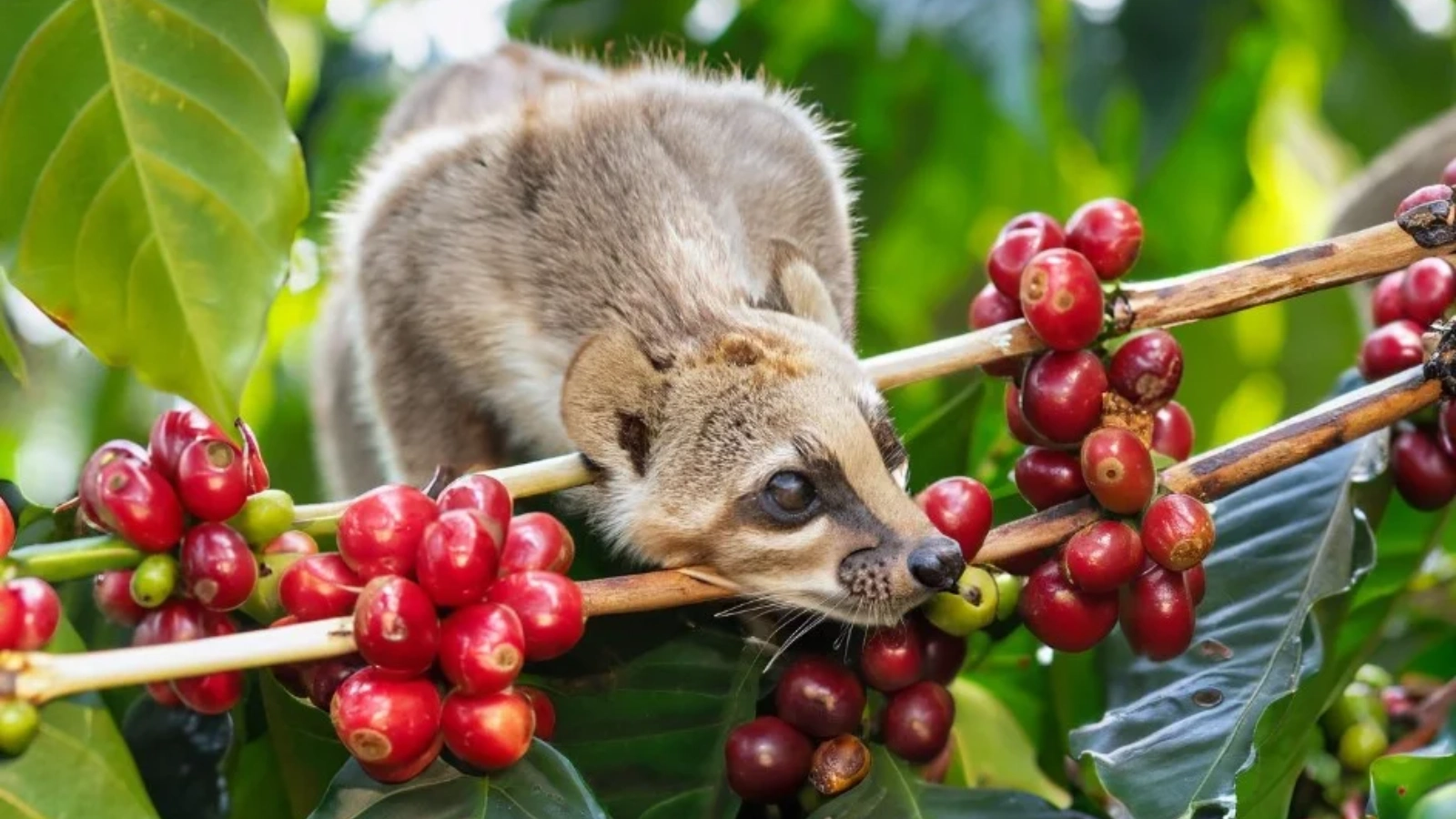
What makes Luwak coffee different from regular coffee? After knowing what is kopi Luwak coffee, let’s explore the main characteristics of Luwak coffee that result from its complex processing.
1. Flavor Profile
What does Luwak coffee taste like? The flavor of Luwak coffee tends to be very smooth and complex and even has slight chocolate, caramel, and earthy aftertaste.
The flavor profile is very balanced thanks to the natural fermentation process that helps reduce the acidity level of the coffee beans. Thus, Luwak coffee is a less intense yet still flavorful coffee drink option!
2. Caffeine Level
The caffeine level between Luwak coffee and other types of coffee is equal. However, the fermentation process makes the effect gentler on our stomachs.
Consuming Luwak coffee can be an alternative if you want a little stimulant without experiencing anxiety or heart palpitations.
3. Aroma
Aside from its taste, civet coffee has a distinctive aroma as its main attraction. To describe it, the aroma tends to be fragrant with hints of sweetness and earthiness. This combination of aromas gives you a special sensory experience with every brew!
Luwak Coffee Health Benefits
Is Luwak coffee healthy? The answer is yes! Besides being delicious, this coffee also provides several health benefits. Let’s discuss some of the key benefits of Luwak coffee that many rely on.
1. It Helps Polycystic Ovarian Syndrome
Civet coffee, which is high in antioxidants, is considered to be able to relieve inflammation and boost the body’s metabolism. This will be very useful for people with Polycystic Ovarian Syndrome.
Consuming it regularly will make it easier for our body to manage insulin and hormone levels. In the end, our reproductive health can be maintained.
2. Helps Mitigate Chronic Fatigue Syndrome
The caffeine content in Luwak coffee gives us a significant boost of energy. With the extra power, you can minimize the risk of chronic fatigue.
Besides antioxidants, coffee contains various active compounds that can improve focus and reduce fatigue. This is what makes our bodies feel more refreshed throughout the day!

3. It’s Great For Your Digestive System
As mentioned above, the natural fermentation process in the civet’s stomach makes the coffee grains easy to digest. In other words, this coffee helps smoothen out the rest of the digestive tract.
4. It Controls Diabetes
In various studies, it was found that consuming Luwak coffee regularly will help stabilize blood sugar levels. In addition, Luwak coffee is also low in sugar, making it suitable for people with diabetes.
5. It Reduces the Risk of Parkinson’s Disease
Besides diabetes, civet coffee is also labelled as a drink that can reduce the risk of brain diseases, you know. One of them is Parkinson’s disease.
Thanks to the caffeine contained in it, nerve function in the body will be protected. All motor systems can also be repaired automatically.
6. It’s Good for Heart Health
Antioxidant content not only fights free radicals but also reduces inflammation in the body and improves blood vessel function.
By consuming coffee regularly, you will keep your blood pressure stable and avoid the risk of cardiovascular disease.
7. Promotes Better Mood and Mental Well-being
The last benefit of Luwak coffee is that it stimulates the appearance of serotonin and dopamine hormones. Both can make you feel happier, more relaxed and focused throughout your activities!
Enjoy the Benefits and Uniqueness of Luwak Coffee!
Now, you know what Luwak coffee is, the best coffee heritage from Indonesia that is worth trying. Its uniqueness lies in the meticulous processing, distinctive characteristics, and the numerous health benefits it offers to consumers.
Choose coffee beans from a trusted company like FnB Coffee for the best results! We are committed to selling only high-quality Indonesian Arabica coffee beans, one of which is Luwak coffee.
Through natural processing, these premium coffee beans give you the perfect flavor and aroma for the best coffee experience. Let’s discover the best taste of Luwak coffee. Discover the magic of Luwak coffee at FnB Coffee and bring its rich, unique flavors to your home!



